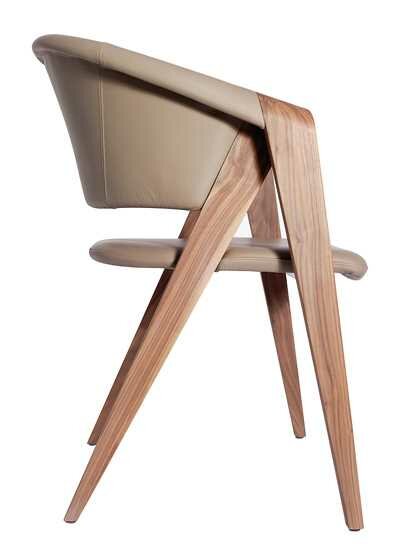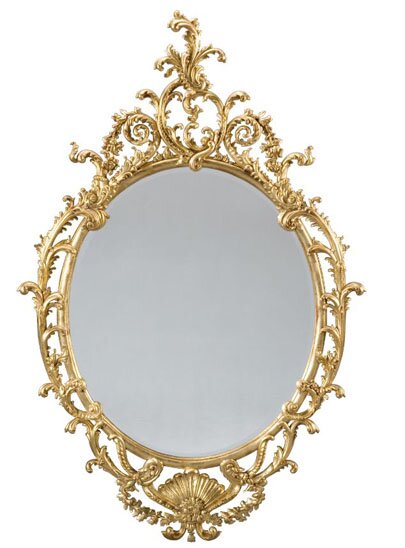How to create a relaxing atmosphere by decorating your home using Feng Shui

Eastern traditions offer a lot of inspiration for designers, and one of the oldest approaches to interior design from is Feng Shui. This method places an emphasis on creating positive energies, known as chi, in a room through a balance placement of everything within the space.
While Feng Shui is considered to originate in China, it has spread to the West from places like Vietnam, where it’s even known to be used to map out entire cities, such as Hanoi and Ho Chi Minh City! Whether you are hoping to improve your luck or just wish to find a different way to look at an interior area, Feng Shui offers a good starting point for any design effort.
Open Spaces, the best way to keep positive energy flowing in your home

Feng Shui tips for your home: open spaces are essential to keep positive energy flowing
The foremost principle of Feng Shui is that the energy in a room needs to be able to flow through it. In a more Western view of things, this is similar to the approach that we see among interior designers who subscribe to the modernist school of aesthetics. In fact, early 20th Century modernist movements in architecture were inspired by the Asian house as an ideal model for design. Open space not only promotes good chi within a room, but it creates a sense of luxury.
Placing the Sofa in the best position according to Feng Shui

Feng Shui ideas to decorate your home in Vietnam: Placing your sofa
Feng Shui principles hold that a visitor should not risk running into any furniture on the way into a room. In order to allow energy to flow within a home, sofas should be placed along a solid wall at the farthest point from the entry to a room. If a solid wall cannot be found within a room, some type of divider or backing should be placed behind the sofa to help contain energies near it.
Shapes of your furniture that maximize Feng Shui positive effects
While the circle holds the greatest sway within the philosophy of Feng Shui, designers should pay attention to a variety of different shapes. A circular coffee table is often good for a room, but a space should also have square, rectangular and triangular elements and the items of the same variety of spaces within it. Each shape represents a traditional element of the universe: squares equate with earth; rectangles invoke wood; triangles represent fire; and ovals and circles mean metal.
Points and Seating

Feng Shui ideas to decorate your home in Vietnam: Avoid having blunt or pointy edges facing towards you and your guests
One intriguing principle of Feng Shui is the insistence that no one should be seated in front of the point of a piece of furniture. This is why, when in doubt, most Feng Shui masters prefer seating to be arranged around a circular table. Square tables are OK, but make sure that any seats that might be off to the side are not lined up with a point.
Mirrors and Feng Shui

Feng Shui ideas to decorate your home in Vietnam: Using mirrors to maximize sensation of space
Feng Shui aims to promote a sense of abundance and luxury, and designers who employ the philosophy love to utilize one or two big mirrors within a room. A mirror should not be dressed in an overly ornate manner. If possible, a mirror should be placed near a natural light source in order to spread abundance throughout the room. In small apartments as you may find in big cities like Hanoi or Ho Chi Minh City, a mirror has multiple advantages and can also create the impression of larger spaces.
Architects and interior decorators in Vietnam are increasingly resorting to Feng Shui principles when they plan the layout and furniture of their clients’ homes. Using creative storage spaces so as to keep the living area open is another important point worthy of mention, see our article about “interior decorating tips to make your house or apartment look bigger”
All furniture items visible in this post are available for purchase on our website.
By Jane Blanchard, from Modernize.com.







Comments are closed.